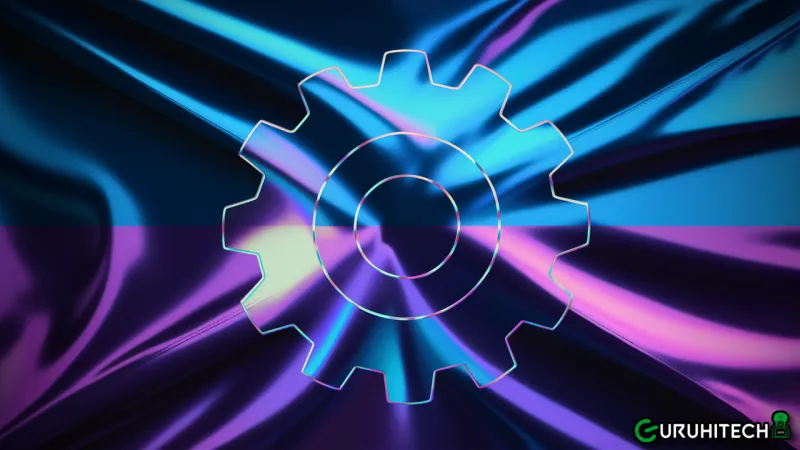Revolutionizing Symbols: High-Tech Materials in Flag Creation

The creation of national flags is an endeavor that symbolizes national pride and identity. As technology advances, so does the material science behind flag manufacturing.
The introduction of high-tech materials is transforming the durability, functionality, and environmental impact of flags, including those as iconic as the italien flagga.
Enhanced Durability and Weather Resistance
One of the primary challenges in flag creation is ensuring that they can withstand the elements, particularly for flags displayed outdoors. The development of advanced textiles has led to significant improvements in the durability and longevity of flags.
Synthetic Fibers
Modern flags are increasingly made from synthetic fibers, which offer several advantages over traditional materials:
- Polyester: This is currently the most popular material for flags due to its strength and weather resistance. It does not absorb water, making it quick-drying and mold-resistant.
- Nylon: Known for its lightweight and wind-resistant properties, nylon is ideal for flags that need to perform well in breezy conditions without fraying.
Coatings and Treatments
Technological advancements have also introduced various coatings and treatments that enhance flag durability:
- UV-resistant Coatings: These coatings protect flags from fading caused by exposure to sunlight, preserving the vibrancy of colors over time.
- Water-repellent Treatments: Such treatments prevent water absorption in rainy climates, reducing the risk of damage and mold growth.
Smart Technology Integration
The integration of smart technologies into flags is a groundbreaking development, opening up new functionalities that were previously unimaginable.
Features of Smart Flags
Smart flags can include technologies such as:
- RFID Tags: Embedded RFID tags can help in inventory management and verification, ensuring the authenticity of a flag, especially in official settings.
- LED Embedments: For flags used in special national or commemorative events, embedded LEDs can be used to illuminate flags for nighttime visibility or to enhance aesthetic appeal during celebrations.
Eco-friendly Materials
Sustainability is a growing concern in flag production, prompting manufacturers to consider the environmental impact of their materials.
Sustainable Practices in Flag Manufacturing
- Recycled Fabrics: Some manufacturers now use fabrics made from recycled plastic bottles to produce flags, reducing waste and the consumption of virgin materials.
- Biodegradable Options: Research is ongoing into biodegradable materials that decompose without leaving harmful residues, offering an eco-friendly alternative to traditional flag fabrics.
Table of Material Innovations in National Flags
The table below provides examples of countries and the high-tech materials used in their national flags, highlighting the innovative approach to modern flag manufacturing:
| Country | Material Used | Technology | Sustainability |
| Italy | Polyester | UV-resistant | Recycled Fabrics |
| Germany | Nylon | RFID Tags | Biodegradable |
| United States | Polyester | LED Embedments | Recycled Fabrics |
| Japan | Biodegradable Textiles | None | Biodegradable |
Conclusion
The use of high-tech materials in flag creation not only enhances the physical properties of flags, such as durability and functionality, but also aligns flag production with modern environmental values.
As nations continue to embrace these advancements, flags like the italien flagga will not only symbolize national pride but also reflect a commitment to innovation and sustainability.
Through these materials, flags are transformed from mere symbols to dynamic icons of modern national identity and technological progress.
Ti potrebbe interessare:
Segui guruhitech su:
- Google News: bit.ly/gurugooglenews
- Telegram: t.me/guruhitech
- X (Twitter): x.com/guruhitech1
- Bluesky: bsky.app/profile/guruhitech.bsky.social
- GETTR: gettr.com/user/guruhitech
- Rumble: rumble.com/user/guruhitech
- VKontakte: vk.com/guruhitech
- MeWe: mewe.com/i/guruhitech
- Skype: live:.cid.d4cf3836b772da8a
- WhatsApp: bit.ly/whatsappguruhitech
Esprimi il tuo parere!
Ti è piaciuto questo articolo? Lascia un commento nell’apposita sezione che trovi più in basso e se ti va, iscriviti alla newsletter.
Per qualsiasi domanda, informazione o assistenza nel mondo della tecnologia, puoi inviare una email all’indirizzo [email protected].
Scopri di più da GuruHiTech
Abbonati per ricevere gli ultimi articoli inviati alla tua e-mail.
